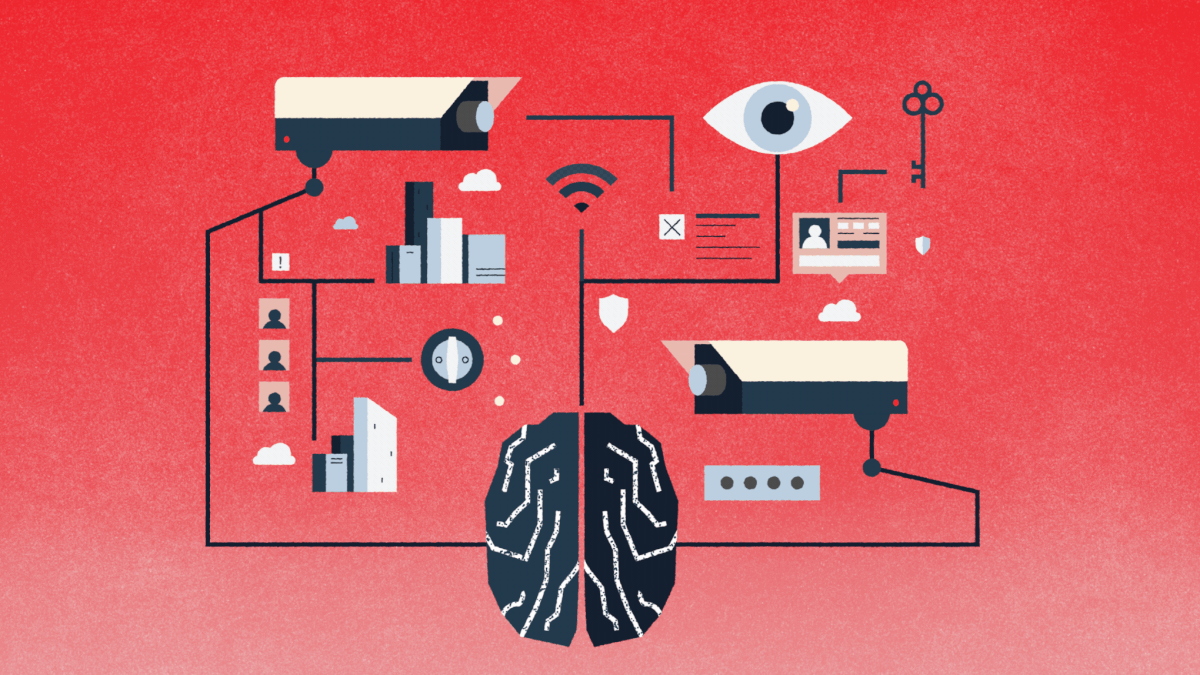"Houston, we have a problem...🤖"

Artificial Intelligence is revolutionizing insurance at a rapid pace. Now we can process large amounts of data, make swift risk predictions and transform internal and external company processes. However, rapid innovation comes at a price, and insurers will need to take a closer look at the ethical consequences of implementing AI in their tech stacks. I’ve compiled a definitive list of ethical challenges that may appear on in an insurer’s horizon:
Discrimination and Bias

When training any large language model, one of the most challenging obstacles is obtaining large amounts of unbiased data to build an optimal algorithm. Think of data as being broken down into various parameters. For instance, if past insurance decisions were based on discriminatory factors such as race or gender, AI systems could inadvertently perpetuate these unjust practices because they reflect the data they were trained on.
A prime example that comes to mind is during life insurance underwriting, where data inputs such as gender, age, or income all feed into a model to determine an applicant’s mortality risk. Imagine an insurer had a limited dataset on female mortality reasons and underwrote policies for women. Their claims payouts might be significantly high, or they might price policies incorrectly, rendering their algorithm virtually useless due to biases.
This is why a crucial component of building an algorithm includes a team of data-driven professionals and well-trained prompt engineers who can optimize the model's training. Prompt and data engineers must collaborate with carriers to conduct audits and correct any biases in their AI models by receiving feedback on a regular basis.
Insurance needs Regulatory Intervention

Guardrails are required at the state regulatory level for all artificial intelligence-led practices in insurance companies. This is an unprecedented challenge for state regulators, as it represents largely uncharted territory. Previously, one highly controversial area regulated in insurance was the use of data sources for underwriting. States prohibited the use of personal credit scores, educational attainment, civil judgments, and court records as sources for assessing an applicant's risk profile or providing quotes for policies.
As datasets become increasingly curated and opaque when fed into algorithms, regulators face the challenge of ensuring that insurers ethically underwrite applicants. This is just one use case; how will this extend to claims, dynamic underwriting, and other potential applications in the future? We'll have to wait and see how this unfolds.
Privacy and Data Security

Sam Friedman made waves with the launch of OpenAI’s ChatGPT Platform, a text-based AI assistant with the ability to blend data and human-like text to generate comprehensive answers. Many businesses voiced concerns about using an open-source AI algorithm to process company datasets or inform the model due to the information stored within the algorithm being essentially a black box. Insurers, in particular, are at high risk in this regard due to PII (Personally Identifiable Information) datasets, which include policyholder data such as health and medical information or identity data. Robust cybersecurity measures, along with complete transparency on how models are informed, are crucial.
Fair and Accessible Pricing

As underwriting pricing transitions towards a more prescriptive approach, moving away from a static snapshot of an applicant's health, income, risk data, and social media, as well as driving safety data at the time of application, insurers can optimize pricing to align with an insured individual's risk profile. However, access to wearable tech or other devices may be limited, depending on the policyholder, which poses a challenge in ensuring fairness in the landscape of policy pricing.
This raises the question: how will actuaries incorporate this into their models when assessing underwriting risk? Will insurance remain affordable for individuals with unhealthy habits or risky behaviors? Striking the right balance will be crucial.
Underwriting and Claims Processing Transparency
AI models may determine how policyholders will be underwritten and deemed eligible for claims in the future, potentially making decision-making more opaque for policyholders. If insurers aim to maintain trust with their customers, they must be capable of providing empathetic explanations regarding the insurance decision-making process. Human transparency and empathetic communication are essential for building and retaining a loyal customer base.
Job Loss

Finally, insurance workers must adapt to the evolving changes and technological advancements in the industry because it means that many jobs may become obsolete over time. I foresee manual underwriting, content generation, claims document submission review, and property scoping for quoting during the application process all becoming partially automated over time. Additionally, employers in the insurance industry have an ethical obligation to provide sufficient training, support job transitions, and offer transparency regarding the direction of automation within the company.
Conclusion

AI in insurance has the potential to completely transform the industry, increasing efficiency and lowering costs for insurers while providing a superior experience for customers. However, the ethical concerns are undeniable—insurers will have to work hard to ensure fairness and transparency.
By ensuring that AI algorithms are trained with human oversight, regularly audited, and benefiting from expertise from engineers and insurers alike, and by thoroughly vetting data sets, insurers can maintain ethical standards. Security and privacy are other important aspects of maintaining trust between the insurer and the customer while also ensuring regulatory compliance.
All in all, it will be interesting to monitor the trajectory of the industry and assess how regulators step up in the coming years to mitigate any risks associated with rapid transformation.